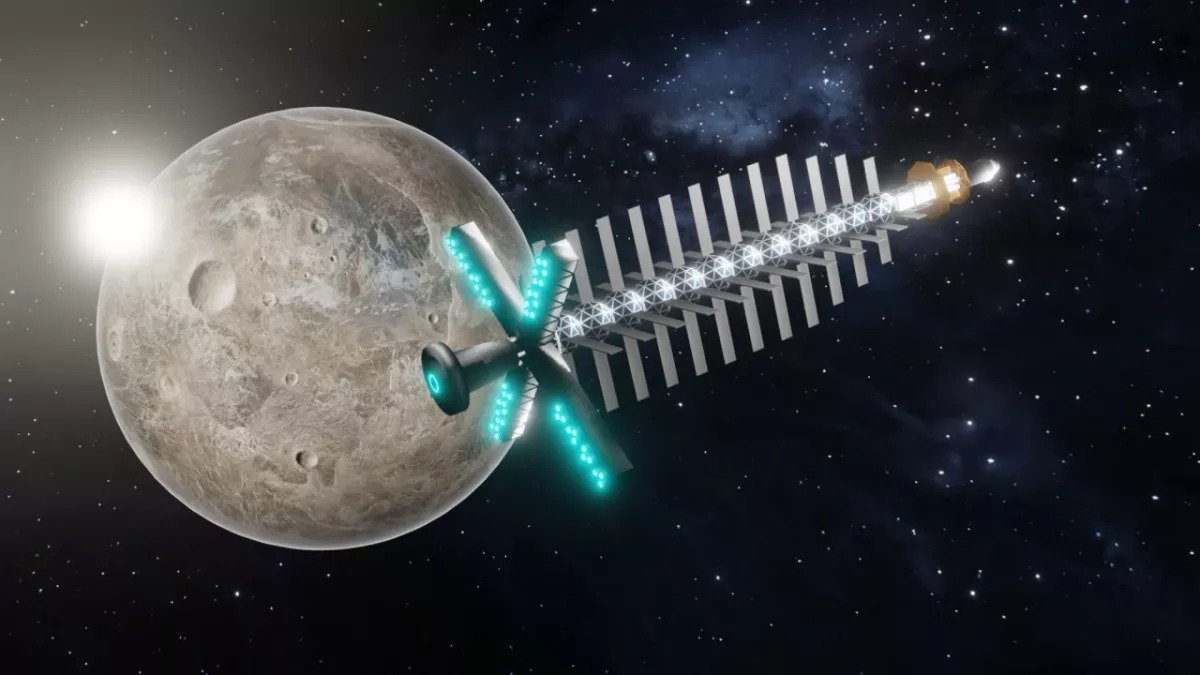The European Space Agency has attracted a number of scientific organizations to create a nuclear electric rocket engine. It will be much more efficient than the chemical ones that are used now and will be able to work even where there is very little sunlight.

Nuclear propulsion from ESA
The RocketRoll scientific program, implemented by scientists from Prague and Stuttgart Universities with the participation of engineers from OHB Czechspace and OHB System, aims to assess the prospects for the use of nuclear propulsion in space. It is carried out in the interests of and under the guidance of the European Space Agency (ESA).
The main reason why the last one is increasingly interested in the topic of nuclear rockets is that chemical jet propulsion has approached the limit of its effectiveness. Their specific impulse will not be able to do more than try. Therefore, European engineers are interested in engines using the energy of separation of heavy nuclei, primarily nuclear-based electric propulsion (NEP).
This type of engine uses nuclear energy indirectly. Initially, the source based on the separation reaction creates an electric current, which feeds the main propulsion system, which is one of the variants of an ion or plasma engine.
Scientists and engineers funded under this program will have the next 11 months to develop a technical and economic feasibility study as part of the ESA Future Launchers Preparatory Program (FLIPP) and determine the advantages of using NEP over classic power plants for complex missions.
Where will NEP be used
The need to develop a nuclear propulsion system stems from the fact that humanity is moving to longer and longer missions in deep space and may soon even try to live in it. For this, it is necessary to have a considerable margin of maneuver for spacecraft and electric nuclear engines can really fight chemical ones in this regard.
Despite the fact that they are very similar in principle of action to the ion ones that are currently used on small spacecraft, they have two huge advantages that arise from the fact that solar panels are now mainly used to power them.
The advantages of NEP over them are that a nuclear installation can create a much larger electric current power and this power will not depend on whether the spacecraft is near the Sun or far from it.
By the way, NASA has also been interested in nuclear propulsion a lot lately, and for the same reasons. However, their joint project with DARPA focuses on thermal nuclear engines, another type where nuclear energy is directly converted into a driving force. They are more powerful, but produce much more radioactive materials.
According to www.space.com
Follow us on Twitter to get the most interesting space news in time
https://twitter.com/ust_magazine

